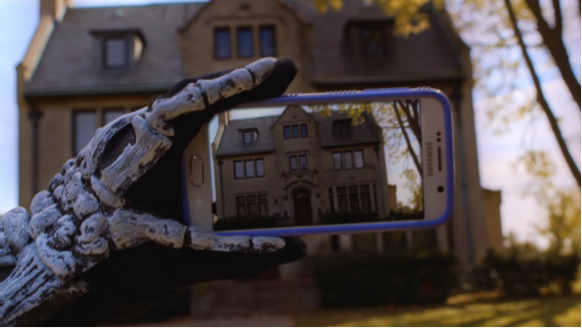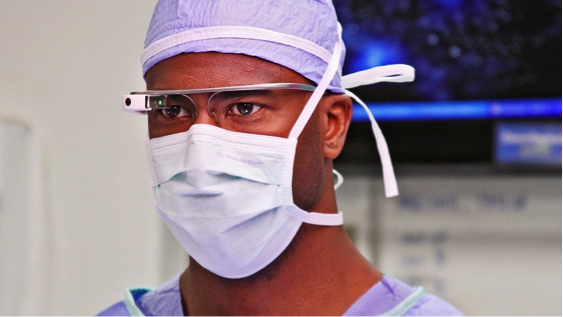Virtual reality. Augmented reality. 360-degree video. Telepresence robots. Smart glasses. With the explosion of new media and product offerings, how do we tell them apart? The main thing that distinguishes each of these media options is whether you are a spectator or a participant in the experience. Here’s the run down:
Virtual reality (VR) transports you to another world experience – a computer generated one. The truth is that the concept of virtual reality has been around for roughly 20 years but has recently exploded with the innovation of new sensory devices. We see the gaming world really driving VR with the use of products like Oculus Rift and Samsung Gear VP that allows users to interact with the virtual environment like Minecraft. In addition, some programs even allow you to create your own virtual world.

Products like Google Cardboard, however, are not VR. Rather, they are 360-degree videos that showcase more of a scene than a typical photo can. In this instance, the user is a spectator, merely watching what the video has already captured. For example, Target used 360-degree video ads to showcase their products in a more interactive way during Halloween. And Walt Disney put together a 360-degree tour of the park for people to check out who aren’t able to visit.

Augmented reality (AR) blends the real world with virtual objects and can be experienced using such products as Microsoft’s HoloLens. Imagine you are standing in an empty showroom and once you put on the headset, you see a hologram of a car appear out of thin air. You are able to interact with the car in an immersive way and even see the interior components – something you are not able to do today in a dealership. This may be the future of car buying and while Volvo is one of the first to use it, they won’t be the last. This will allow consumers to view computer generated 3D models that aren’t even in market yet. It’s a more compelling way to experience a product outside of video.

Then there is telepresence, which is basically like being in two places at once. This experience allows you to work remotely, but also being in the actual office via web-connected robots. It’s a fancy name for video conferencing on wheels because you can control the robot to roam the office as opposed to being confined to just the meeting room, plus you can turn and talk to people even if you are halfway across the world.

Lastly, there are smartglasses and mobile head-up displays. This is just another way of viewing information as opposed to a desktop, tablet, or mobile screen. Head-up displays have become popular in the automotive industry with cars now featuring them on the driver’s windshield for more information within eye view for safer driving. While they haven’t taken off as a commercial product, they may soon find their place in aviation, construction or even surgery where people need information quickly and right in front of them.

Which of these innovations will soar and which will fall at the waist side over time? Hard to tell as they each have their own purpose and we’ll start to see certain industries take a liking to different strategies. At the end of the day, all of these innovations are allowing consumers and brands to have more accessibility to information and experiences be it entertainment, education or advertising. What is important for marketers to understand is that these are merely mediums and should be paired with smart content to make the experiences rich and meaningful.

Leave a comment